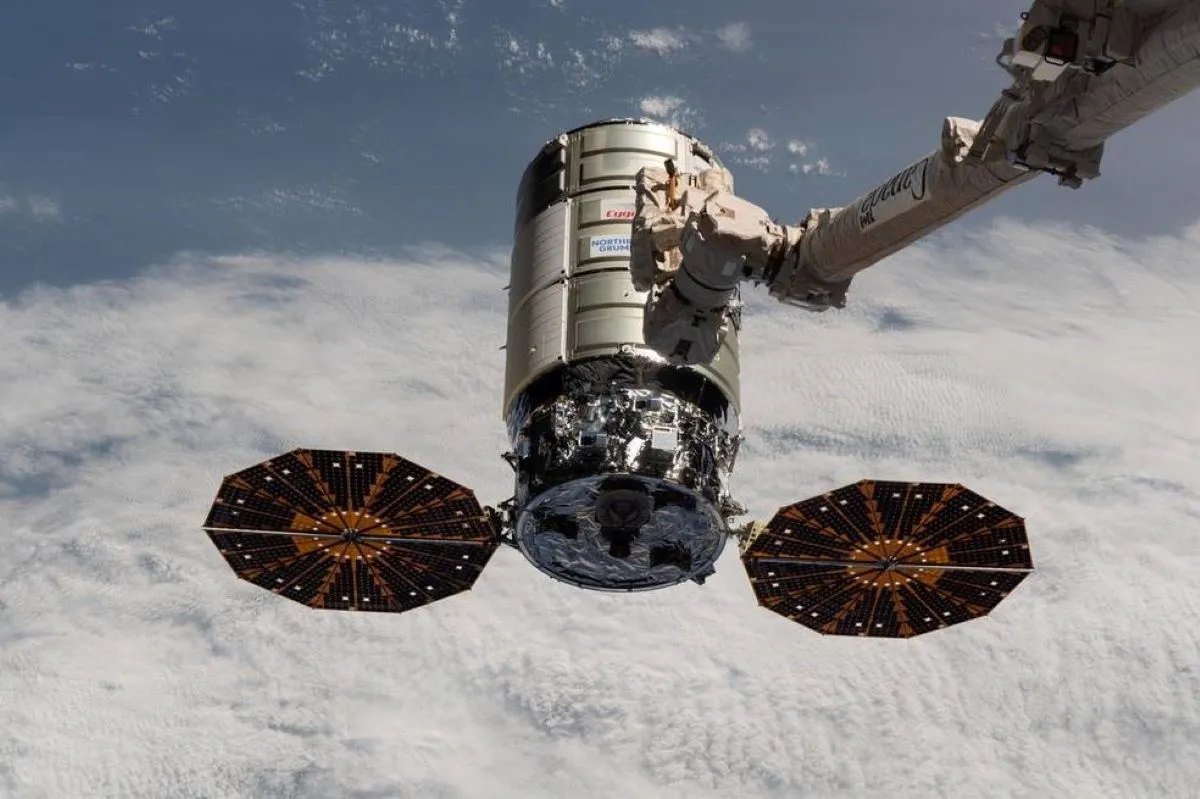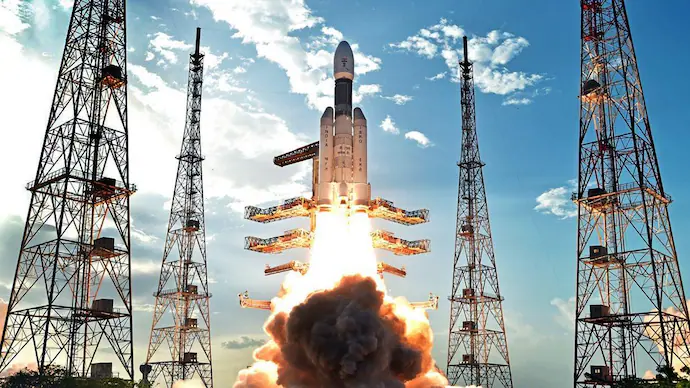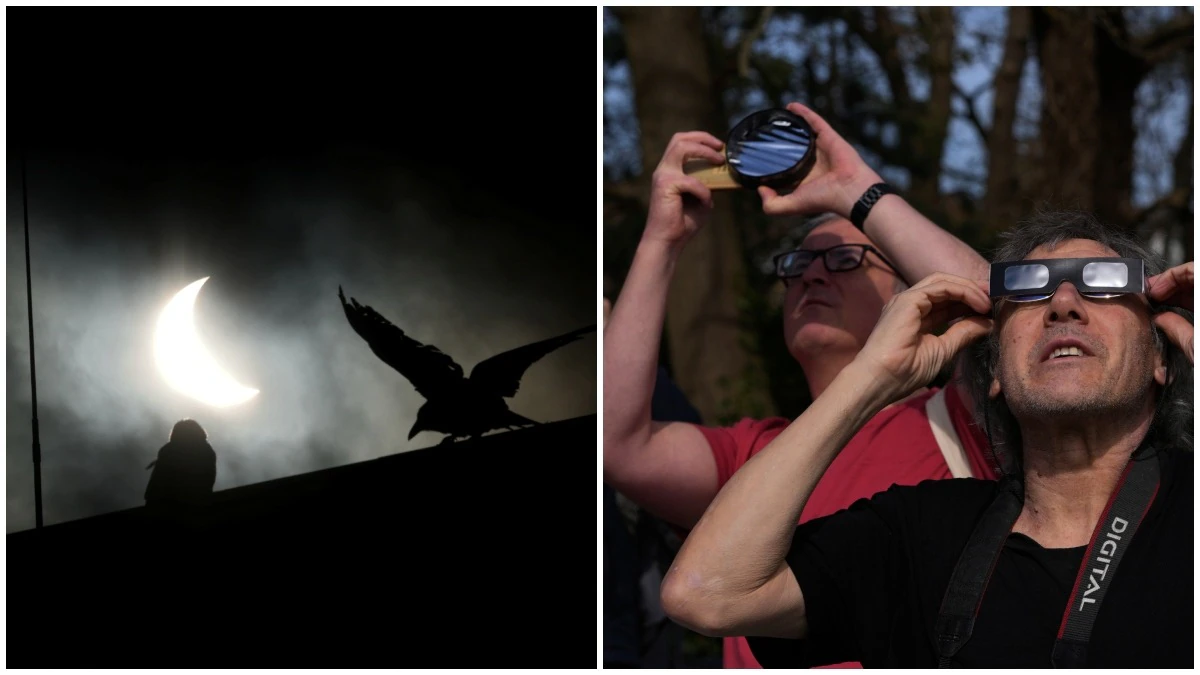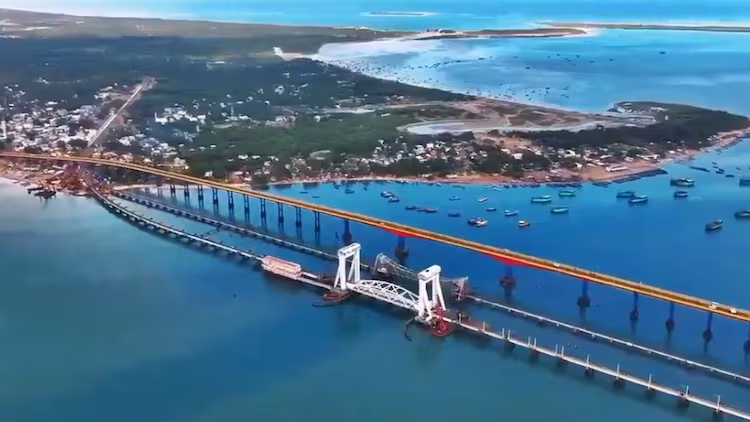The ISS sailed 409 kilometers above the Pacific Ocean when the Canadarm2 robotic arm released the Northrop Grumman Cygnus spacecraft from the Unity module’s Earth-facing port.
The S.S. Richard “Dick” Scobee Cygnus spacecraft ended its resupply mission on Friday morning when it was released from the International Space Station (ISS) in a scheduled departure.
The ISS sailed 409 kilometers above the Pacific Ocean when the Canadarm2 robotic arm released the Northrop Grumman Cygnus spacecraft from the Unity module’s Earth-facing port.
Arriving on August 6, 2024, Cygnus had been parked aboard the station for more than seven and a half months. It was Northrop Grumman’s 21st commercial resupply services mission for NASA, and it was launched from Cape Canaveral on a SpaceX Falcon 9 rocket.
The microgravity lab received about 8,200 pounds of supplies, gear, research experiments, and commercial goods from the spaceship.
Now that its mission is over, Cygnus is filled with abandoned equipment and station garbage.
On Sunday, March 30, it will go through a controlled deorbit burn before making its scheduled catastrophic re-entry into Earth’s atmosphere, where it will safely disintegrate.
Richard “Dick” Scobee, the commander of the Space Shuttle Challenger, who sadly perished in an explosion shortly after takeoff in 1986, is honored with the spacecraft’s name.
The role Cygnus plays in ISS operations—delivering essential supplies, then removing garbage before its eventual fate in the upper atmosphere—is reflected in its final flaming descent.
By using this regular disposal technique, space station garbage is efficiently managed, lowering the risk of debris in orbit.
It is anticipated that the upcoming Cygnus mission will carry on NASA’s long-standing collaboration with Northrop Grumman to support human spaceflight and supply the ISS.






